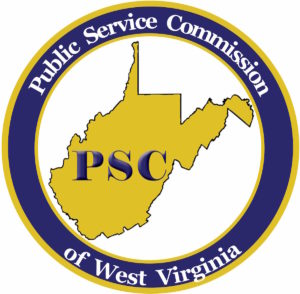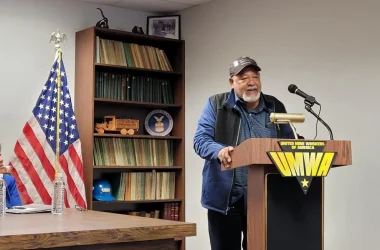By Charlotte R. Lane, chairman
Public Service Commission of West Virginia
The Public Service Commission is responsible for administering and enforcing federal and state railroad safety regulations. Trains are a vital component of our transportation system and our economy, carrying people, goods and materials across the country every day. This year National Train Day is May 10, the actual day the golden spike was driven to commemorate the completion of the country’s transcontinental railroad in 1869. I would like to use this opportunity to talk about our Railroad Safety Program and to review some basic safety practices when around trains.

In 2019, the Commission’s Railroad Safety Section was ranked the seventh best program in the country by the Federal Railroad Administration. Our inspectors conducted 1,037 inspections, inspected over 14,300 rail cars and locomotives, over 3,000 miles of track and nearly 500 highway-rail grade crossings. Collectively, they cited over 3,000 defects. The Commission also maintains a comprehensive Hazardous Materials inspection program. Our intensive inspection program and the fact that most of our Railroad Safety Inspectors are also Operation Lifesaver volunteers have made West Virginia railroads among the safest in the nation.
Our ability to keep West Virginians safe depends on our citizens practicing good safety when around railroad tracks and trains. When approaching a railroad crossing, drivers should slow down and be prepared to stop, look both ways even if the lights are not flashing and stop 15 feet from the tracks if a train is coming. Be sure you can get completely over the tracks before starting across. Once you start across the tracks, keep going, even if the lights begin to flash or the gates start down. Vehicles tend to stall when shifting gears more than at any other time so don’t shift gears when crossing the tracks. If your vehicle stalls on the track, immediately get yourself and any passengers out and move away from the vehicle, walking toward the train at a 45 degree angle away from the tracks (if your vehicle is struck, debris will fly in the direction the train is moving). Once you are safely away from the tracks, locate the railroad’s emergency number and the AAR/DOT identification number, which will be posted at the crossing, and call for help. If you cannot locate the railroad emergency number call the local police or dial 911. Give them your location and tell them your vehicle is stopped on the tracks. Vigilance at all time while driving, but particularly near railroad tracks, will help keep you and your passengers safe.






